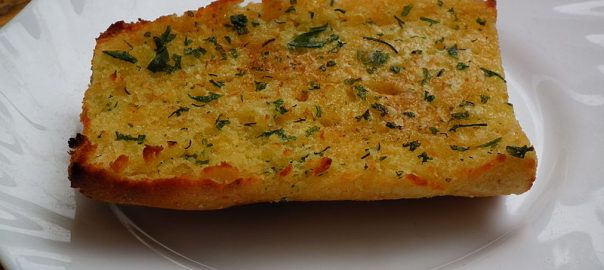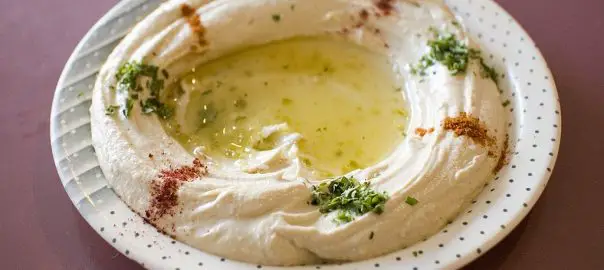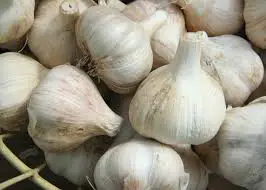Garlic is one of those herbs that is well known by all. It has a legend all it’s own, mainly thanks to a Mr Dracula from Transylvania. It is beloved by many who love to cook and well used in many dishes throughout the world.
So if you have garlic around can guinea pigs eat garlic and if they can, how much can they eat of it.
Let’s take a look at its nutritional data and find out a little more about it.
As usual we’re looking at the calcium, oxelate acid, phosphorus, sugar and fat content.
Garlic, raw
Nutritional value per 100 g (3.5 oz)
Energy 623 kJ (149 kcal)
Carbohydrates 33.06 g
– Sugars 1 g
– Dietary fiber 2.1 g
Fat 0.5 g
Protein 6.36 g
Thiamine (vit. B1) 0.2 mg (17%)
Riboflavin (vit. B2) 0.11 mg (9%)
Niacin (vit. B3) 0.7 mg (5%)
Pantothenic acid (B5) 0.596 mg (12%)
Vitamin B6 1.235 mg (95%)
Folate (vit. B9) 3 μg (1%)
Vitamin C 31.2 mg (38%)
Calcium 181 mg (18%)
Iron 1.7 mg (13%)
Magnesium 25 mg (7%)
Manganese 1.672 mg (80%)
Phosphorus 153 mg (22%)
Potassium 401 mg (9%)
Sodium 17 mg (1%)
Zinc 1.16 mg (12%)
Selenium 14.2 μg
Link to USDA Database entry
Percentages are roughly approximated
source wikipedia
As you can see It has a lot of phosphorus, calcium, and a fraction of fat and calcium.
This makes it very bad for guinea pigs. So do not feed garlic to guinea pigs as it really isn’t good for them at all. Do steer clear of them, piggie owners.


